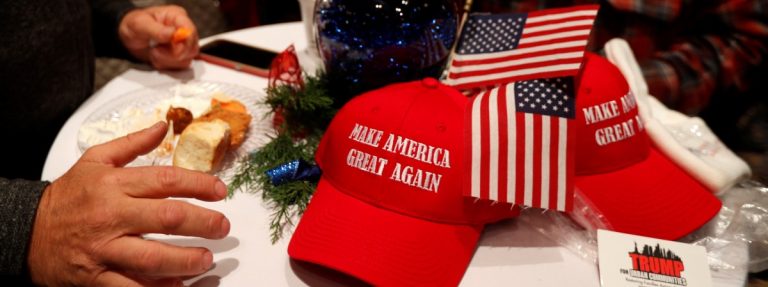
H-1B visa seekers should prep themselves to be subject to more scrutiny during the application process.
According to Times of India, a new policy memorandum by the US Citizenship & Immigration Services (USCIS) said its officers could ask for more documents and evidence from hiring firms. This will be used to prove whether the applicants have specific assignments in a specialty occupation, and whether these assignments last for the entire time as requested in the application.
In a press release issued on Feb 22 to its officers, USCIS said:
“When H-1B beneficiaries are placed at third-party worksites, petitioners must demonstrate that they have specific and non-speculative qualifying assignments in a specialty occupation for that beneficiary for the entire time requested on the petition.”
If it is shown that the specified work is for less than three years, the visa would be granted for the shorter period. Previously, USCIS officers did not have to consider third-party contracts or the exact dates and place of third-party work.
What this means is first, it’s now harder for companies and individuals to get the H-1B work visas. Secondly, should they succeed to get a visa, it may not be for the usual full three years, but shorter. This could impact those with plans of transitioning from an H-1B visa to a Green Card.
[hybrid_insta url=’https://www.instagram.com/p/BEMqBuuB3qG’]
IT association Nasscom’s president, R Chandrasekhar, said it would be complicated for an immigration officer to establish the connections between qualifications and tasks, and that in practice this would bring in an element of subjectivity.
“The implication of this is there will be a lot more paperwork. A series of executive orders have been coming out. Each one by itself may not be much, but they have cumulatively added up to make it much more difficult and onerous for companies to use the H-1B route,” he said.
Indian nationals make up the bulk of H-1B visa holders. However, for them, the process towards getting a green card takes between 70 to 300 years according to the organization Skilled Immigrants In America (SIIA).
This is due to the country cap mandated by Congress, which allows only seven percent of all green cards issued that year – less than 9,000 each year – to Indian nationals, explained attorneys Rahul Reddy & Emily Neumann in a blog post.
New restrictions under the Trump administration have made this more difficult, including making it tougher for their spouses to find work or for their children to continue living legally in the US under the visa after attaining legal age.
“In the last two years, the number of visa applications filed by Indian IT firms dropped by 50 percent,” Chandrasekhar said.
Indian techies look to Canada as the American Dream turns into an H-1B nightmare https://t.co/G86R5zSRr5
— Quartz (@qz) February 27, 2018
Vivek Tandon, founder and CEO of EB5 BRICS, a law-firm specialising in the half-a-million dollar investor route to the green card said to Quartz:
“Certainty and security of their immigration status in the US, which is very closely tied to how successful they will be professionally and personally, is the biggest problem that Indian immigrants in the US are currently facing.”
The US is currently facing a shortage of STEM (science, technology, engineering and math) workers, Chandrasekhar said. Limiting the number of foreign H-1B workers coming to work legally could ultimately harm American companies.
Richard Burke, CEO of global immigration management platform Envoy, told Quartz:
“Look, these are talented and in-demand people. If they decide the US isn’t a welcoming place, they’ll go to Canada, China, or Europe instead.”
“Talent is mobile, and US lawmakers need to understand that this country isn’t the only option for the world’s skilled workforce.”
Liked this? Then you’ll love these…
US: New H-1B visa rules may go into effect February 2018
US: Wives, children of H-1B visa holders face uncertain future








